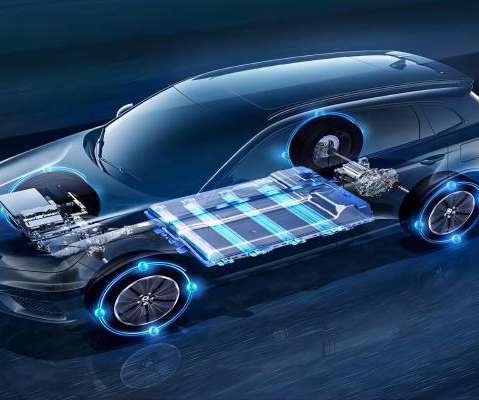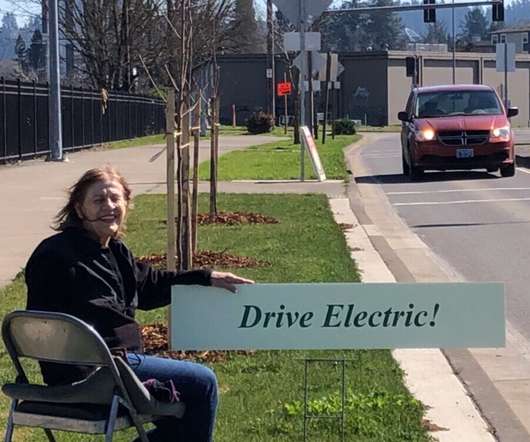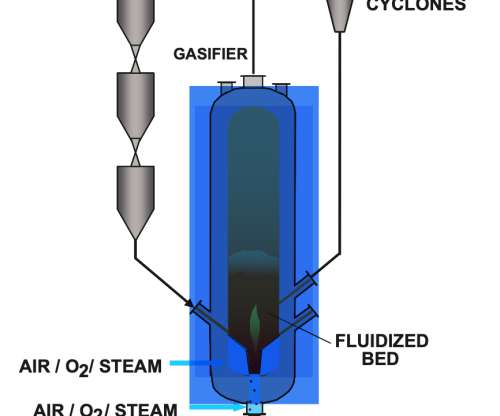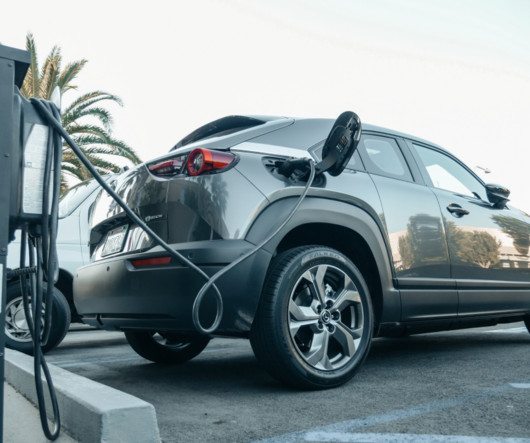New stable Fe3O4/C composite material for conversion electrode in solid-state Li-ion batteries
Green Car Congress
APRIL 13, 2020
Researchers in Europe, with colleagues from Samsung R&D Institute in Japan, have developed a highly stable Fe 3 O 4 /C composite for use as a conversion electrode in all-solid-state Li-ion batteries. In addition, recently a new chemistry has surfaced, allowing to store more Li + by the so-called conversion mechanism. Resources.







































Let's personalize your content